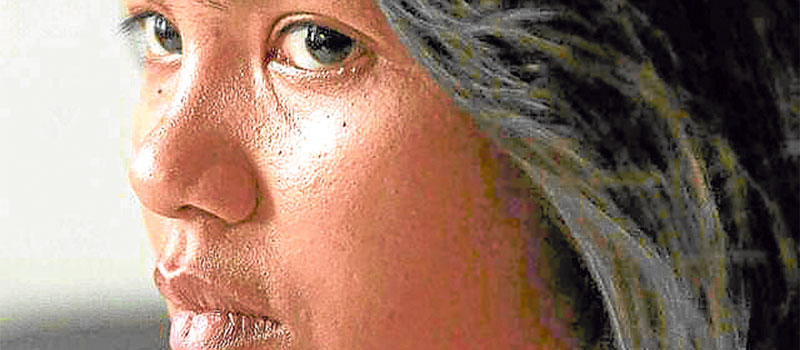It has been 73 days since my daughter Kerima died.
She died early on Friday morning in a hacienda in Barangay Kapitan Ramon on Aug. 20, after a reported encounter with soldiers of the 79th Infantry Battalion in Silay City.
The last time I was in Silay was in the late 1990s when I presented baritone Andrew Fernando, National Music Competitions for Young Artists winner Makie Mizawa and pianist Cecile Roxas in a short program at the Conchita Gaston heritage house (yes, named after a famous Filipino mezzo soprano).
During the last week of August this year, I was back in Silay, this time in a funeral parlor to identify and claim my daughter, identified by the military as Ka Ella, her name in the revolutionary movement
I was ushered into the morgue along with my grandson Emmanuel, or Emman for short.
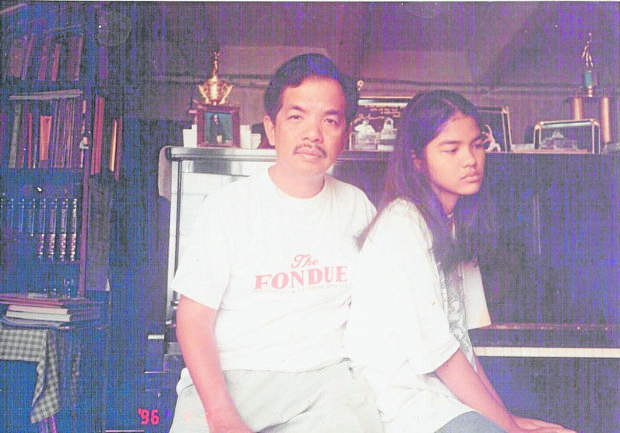
When the funeral attendant removed the white cloth covering the dead person, I realized she was indeed my daughter! I remember I let out what sounded like a long howl of grief. I kissed her forehead and couldn’t help embracing her.
After securing all the required permits and clearances, I saw my daughter for the last time in a Bacolod crematorium where her body turned into ashes in a couple of hours.
The last time I was in Bacolod in the ’90s, I presented two recitals of pianist Cecile Licad and Brazilian cellist Antonio Meneses.
I also remember I was in Bacolod in the mid-’80s with Tchaikovsky laureate Rowena Arrieta. (Arrieta studied in the same school where Kerima graduated salutatorian as a creative writing major, Philippine High School for the Arts.)
Fear and respect
On this latest Bacolod visit, my grandson and I went back to Manila with the urn of his mother.
The second of three daughters, Kerima saw me for the last time in Pasig in the latter part of 2019. She said she would be away for a long time.
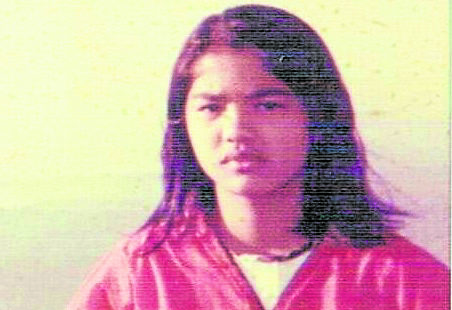
In December after my farewell outreach concert at the Nelly Garden heritage house in Iloilo City, Kerima asked me to meet my grandson at an inn before he left for Bacolod.
That was the last time my grandson saw his mother alive.
I must admit I know very little about my daughter’s involvement in the underground.
At the final tribute for her at the Bantayog ng mga Bayani grounds on Aug. 28, I witnessed the outpouring of love and respect for the poet and the warrior.
I know she wrote poetry and won awards. But I didn’t know she sported various names while lending support to underground warriors.
For the first time, I saw a composite picture of my daughter as classmate, poet, warrior and friend.
I didn’t realize she was feared as much as she was respected.
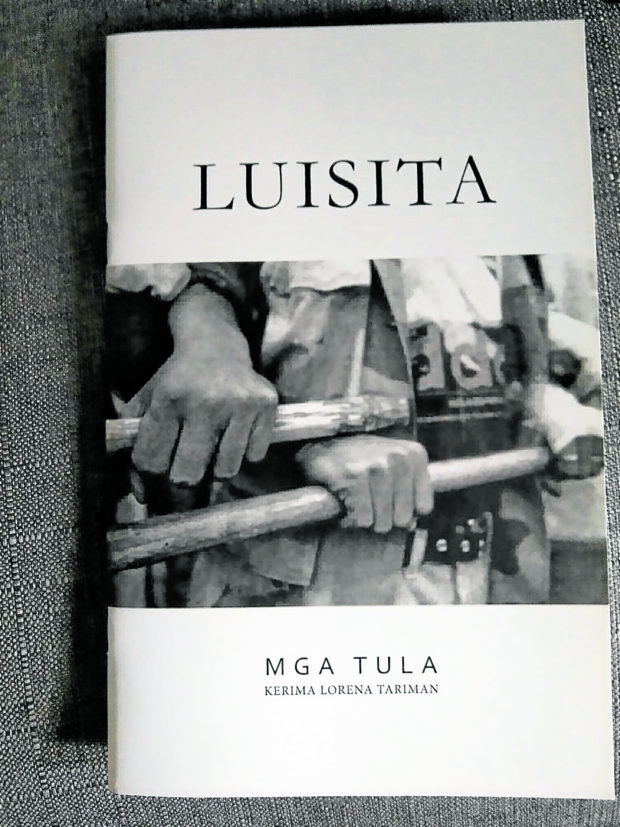
In that last tribute, my wife and I recited poems in her honor.
The tribute of her Frankfurt-based sister Karenina drew applause. She recalled how she spent one night in an Isabela jail in 2001 just to be with her sister Kerima—at least for one night of her sister’s monthlong detention.
I thought the most poignant recollection during the tribute came from her son Emmanuel, who closed the four-hour-long tribute.
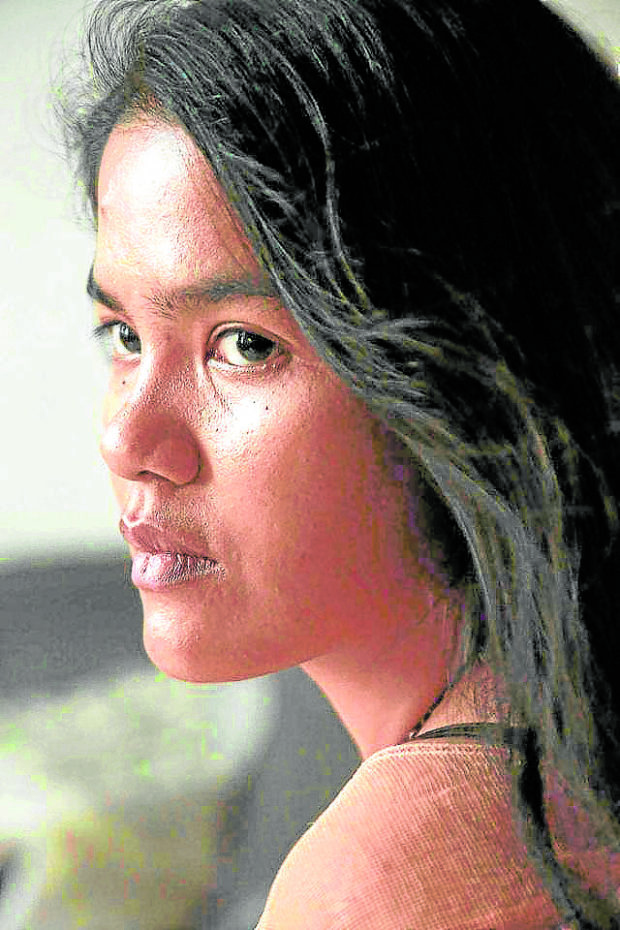
My grandson recalled: “Bata pa lang ako, tinuruan n’ya na ako ng iba’t-ibang bagay na hindi ko matututunan kung saan man at pinakita niya sa akin ’yung mundo at naiintindihan ko ’yung mga desisyon na ginawa n’ya at ng aking ama. Proud ako sa nanay ko, sa kanyang tapang, sa kanyang talino, hanggang sa huling hininga ay nasa isip niya ang masa at sambayanan. Hindi nagtatapos sa kanyang pagpanaw ang laban at marami pang magpapatuloy: tayong mga naririto. Mabuhay ka, Nanay, at maraming salamat sa lahat! (Even when I was still young, she taught me many things I wouldn’t have learned otherwise, she showed me the world and I understood the decisions she and my father made. I am proud of my mother, of her courage, of her intelligence, that she thought of the people up to her last breath. The fight does not end with her death and many others will continue it: We, who are here. I salute you, Mother, and thank all of you here!)’’
Talent and insight
Indeed, how well did I know my daughter?
Until I witnessed all the tributes given to her, I didn’t realize she had done so much, wrote poetry a lot and fought fiercely for the poor people she had lived with in the last 20 years.
Another tribute even compared her to the late National Artist for Literature Bienvenido Lumbera, who was her mentor and friend.
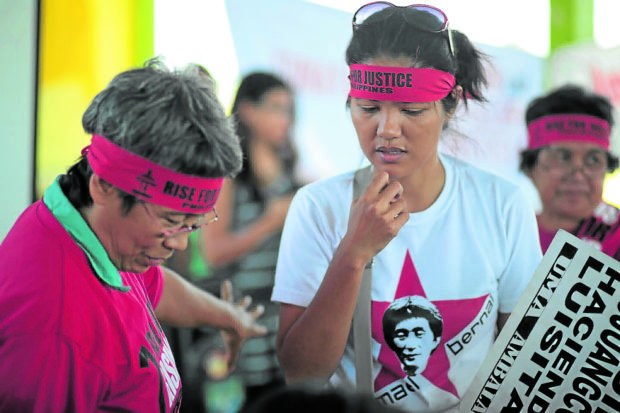
Wrote Lakan Umali of Act Forum Online: “The past two months saw two great artists leave us: Kerima Tariman and Bienvenido Lumbera. They chose starkly different paths: Lumbera primarily remained in the academe and attained the prestigious titles of National Artist and professor emeritus in the University of the Philippines. Meanwhile, Kerima joined the underground revolutionary movement, and spent her life integrating and organizing peasants in the countryside. However, though their methods differed, both artists consistently worked toward the same goal: the emancipation of those whom the great critic Frantz Fanon called ‘the wretched of the earth.’ Lumbera’s work testifies to how nationalism and resistance are intertwined. Reading Lumbera’s essays, one is struck by how literature can be a tool of both assimilation and resistance to oppressive forces, whether they be colonial, neocolonial, or national in nature.”

He added: “Kerima was another artist of remarkable talent and insight. Her collection, ‘Pag-Aaral sa Oras,’ is a breathtaking meditation on the personal and political challenges of those who confront and fight against the harshest and most repressive realities of Philippine society. She utilizes an array of voices to evoke the metamorphosis of one who engages in armed struggle. In ‘Gusali,’ she adopts the wry, irreverent tone of a youthful delinquent: ‘moog daw ng talino at galing/ ay kami/ e di kami/ na araw-araw/ ipinapatawag/ sa guidance counseling.’ The youthfulness is not just juvenile rebellion, but the early realization of society’s root ills: ‘Natutunan ko/ na dapat buwagin ang kanyang mga haligi.’ The woman in ‘Kuliglig’ marvels at the wonder of her first child: ‘ang anak ko/ ay isang kakaibang nilalang.’
Triumph and mortality
“Later, she grapples with questions about bearing a child who will eventually choose their own path in the world: ‘sa makauring aklasan/ ay matatagpuan niya/ ang kanyang pag-ibig,/ at siya’y magpapasya/ kung saan papanig.’ One of the most stunning poems is ‘Mga Sulat Mula sa Lambak ng Cagayan,’ a revolutionary’s tense but ultimately triumphant confrontation with mortality. ‘Hindi totoong ako’y bihag/ ng mga berdugo’t salarin./ Narito ako sa piling/ ng aking pagkiling,/ at alam kong alam mo/ kung saan ako hahanapin.’ She never stopped writing. Thus, writing and revolutionary work become inextricable from one another, because both aim to reshape our present culture into something which is just, peaceful and liberating for all peoples … The works of writers like Kerima Tariman and Bienvenido Lumbera offer a more expansive and productive kind of education. An education that puts at the forefront the histories and realities of the Philippines, and that equips students with the tools to learn from these histories, and reshape these realities to achieve a just and comprehensive peace.”
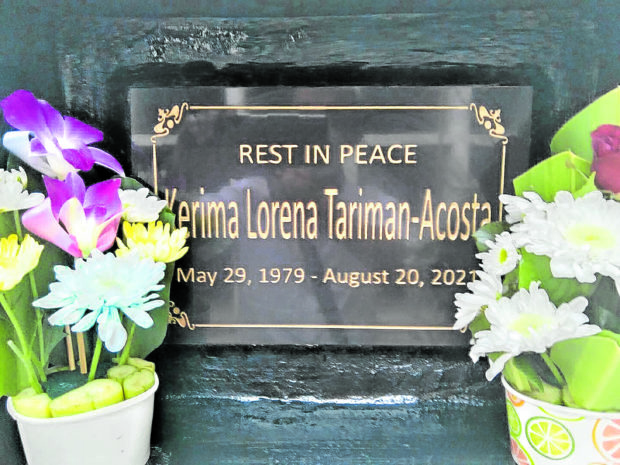
Seventy-three days after her death, I realized she did a lot of writing and translating on top of working with cadres in the countryside.
Her last book, which she didn’t see, was “Luisita,” a documentation in poetry on the life of peasant workers in Hacienda Luisita.
She also finished a book of translation of Hiligaynon poets published by the University of the Philippines Press early last year.
Her last essay, “#RevolutionGo,” came out in the book of essays published by Ateneo de Manila University Press and edited by Rolando Tolentino, Vladimir B. Gonzales and Laurence Marvin S. Castillo.
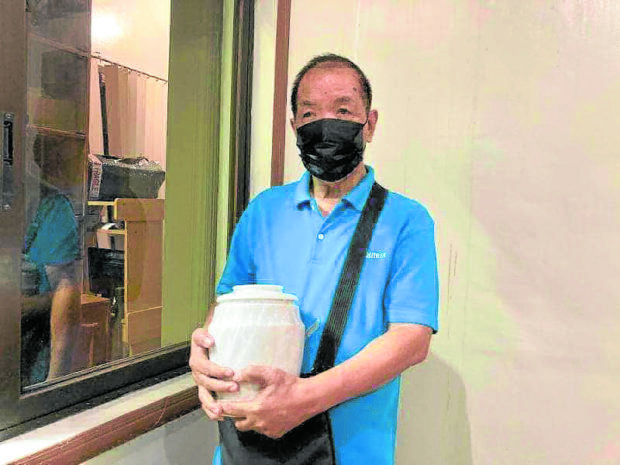
In her honor, I also endeavored to finish my first book of poems (“Love, Life and Loss During the Pandemic”) which will come out in December.
Moreover, two of my poems are also in the Singapore-published anthology, “The Great Asian Poetry 2021,” coming out in November.What can I say on the third month of Kerima’s death?
Well, we lived and breathed poetry.
She happens to be the better poet and a revolutionary in the true sense of the word. —CONTRIBUTED INQ

